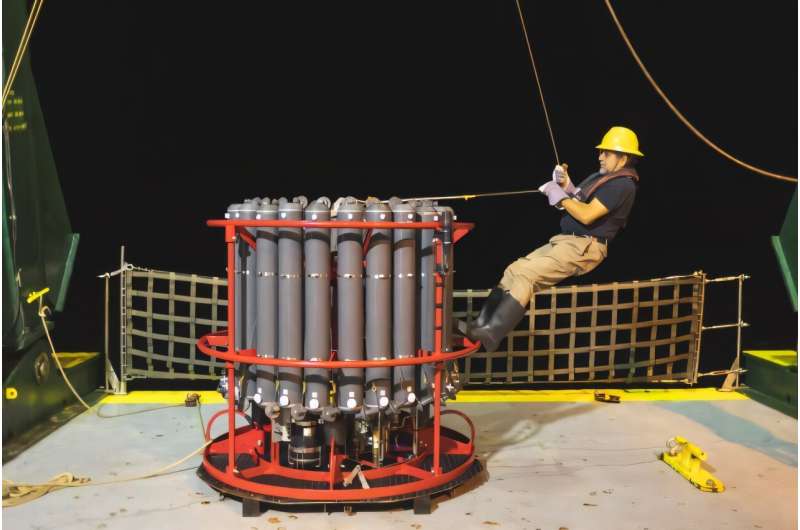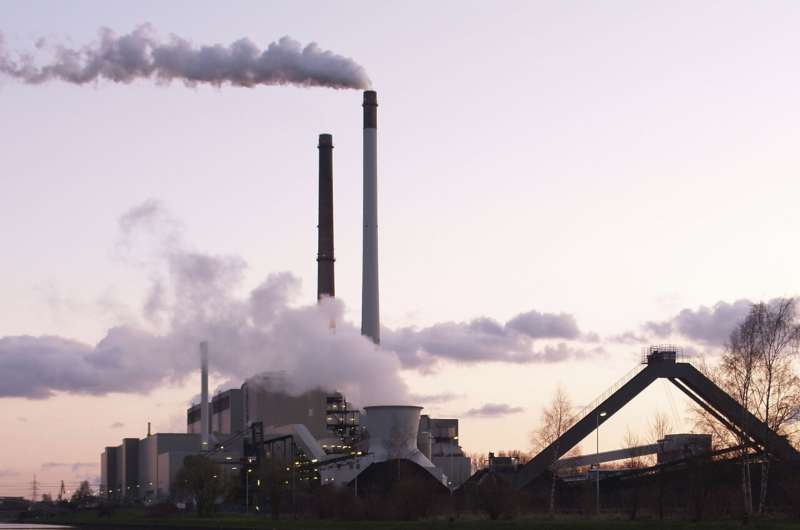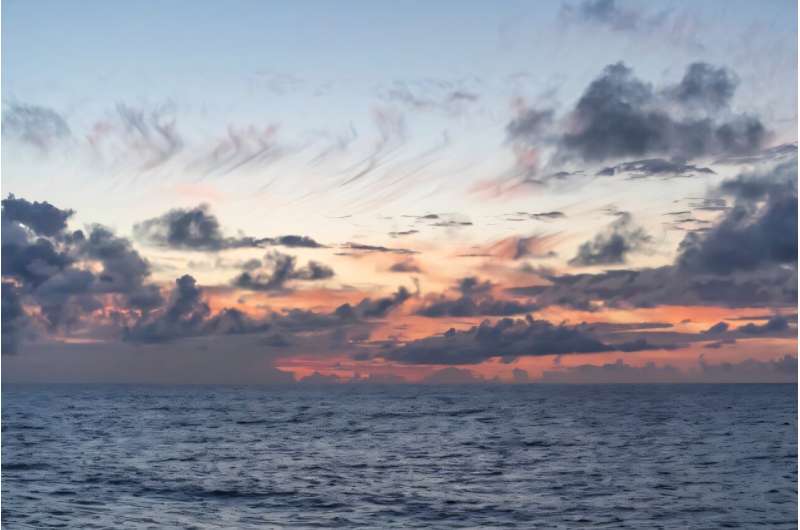Welcome to a heartwarming peek into our oceans! This story showcases how human activities—often so far removed from nature—are affecting the delicate balance of marine ecosystems. Join us as we explore the fascinating interactions between iron, phytoplankton, and the North Pacific waters, revealing the beauty and fragility of our underwater world.

Iron is a tiny but mighty nutrient that many might overlook. It plays a crucial role in supporting the growth of phytoplankton—those microscopic plants that are essential for the ocean’s health. Recently, researchers from the University of Hawai’i (UH) at Mānoa uncovered something concerning: iron pollution from industrial activities like coal burning and steel production is reshaping the North Pacific Transition Zone, an area vital for Pacific fisheries.
The study, published in the Proceedings of the National Academy of Sciences, highlights a deeply interconnected issue. According to Nick Hawco, the lead author of this enlightening research, “This illustrates how human pollution can ripple through marine ecosystems, impacting areas far removed from the source.”

Iron from industrial sources can travel great distances, settling into far-off oceans after being washed out of the atmosphere by rain. While traces of this industrial iron had been found in the North Pacific Transition Zone before, the specific influences on the ecosystem were previously a mystery.
To decode the seasonal dance between iron influx and phytoplankton growth, the research team undertook several adventurous expeditions. They analyzed water and plankton samples while examining ocean dynamics across different seasons, piecing together a complex puzzle of micro-life in this vast region.

The results were revealing. It turns out that iron levels in early spring stimulated phytoplankton blooms; however, this boost in growth had a flip side. The blooms consumed other vital nutrients too quickly, leading to a sharp decline later in the season.
What’s more, the study confirmed that the iron found in these waters matched distinct isotopes tied to industrial processes, revealing just how far pollution can travel—thousands of miles away from where it originated.
As Hawco observed, “The ocean has boundaries that are invisible to us but understood by the microbes and animals that dwell there.” The North Pacific Transition Zone serves as a critical divider between low-nutrient and high-nutrient areas. However, with industrial iron entering the ecosystem, this boundary may shift northward, impacting local marine life. Global warming exacerbates this situation, pushing nutrient-rich waters further from Hawai’i.
While this situation calls for concern, Hawco remains optimistic. “We’re working on new approaches to track the iron needs of ocean plankton,” he mentioned, hopeful that this research will provide valuable insights into how both natural and industrial changes could affect our oceans’ health.
More information:
Hawco, Nicholas J., Anthropogenic iron alters the spring phytoplankton bloom in the North Pacific transition zone, Proceedings of the National Academy of Sciences (2025). DOI: 10.1073/pnas.2418201122. doi.org/10.1073/pnas.2418201122
If you would like to see similar science posts like this, click here & share this article with your friends!

